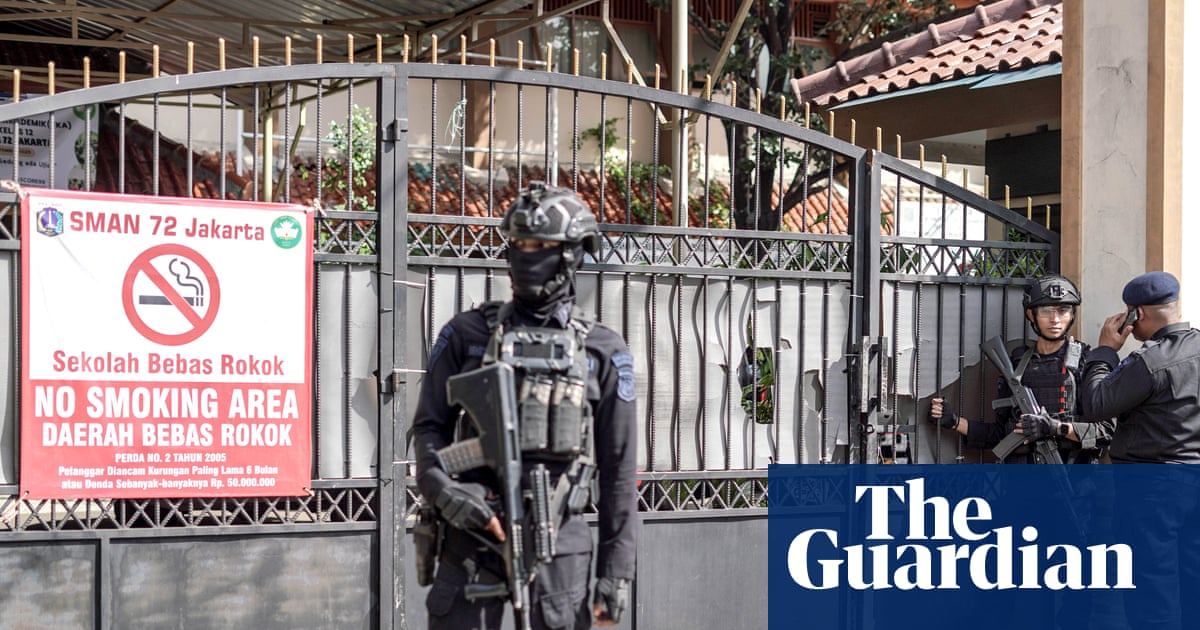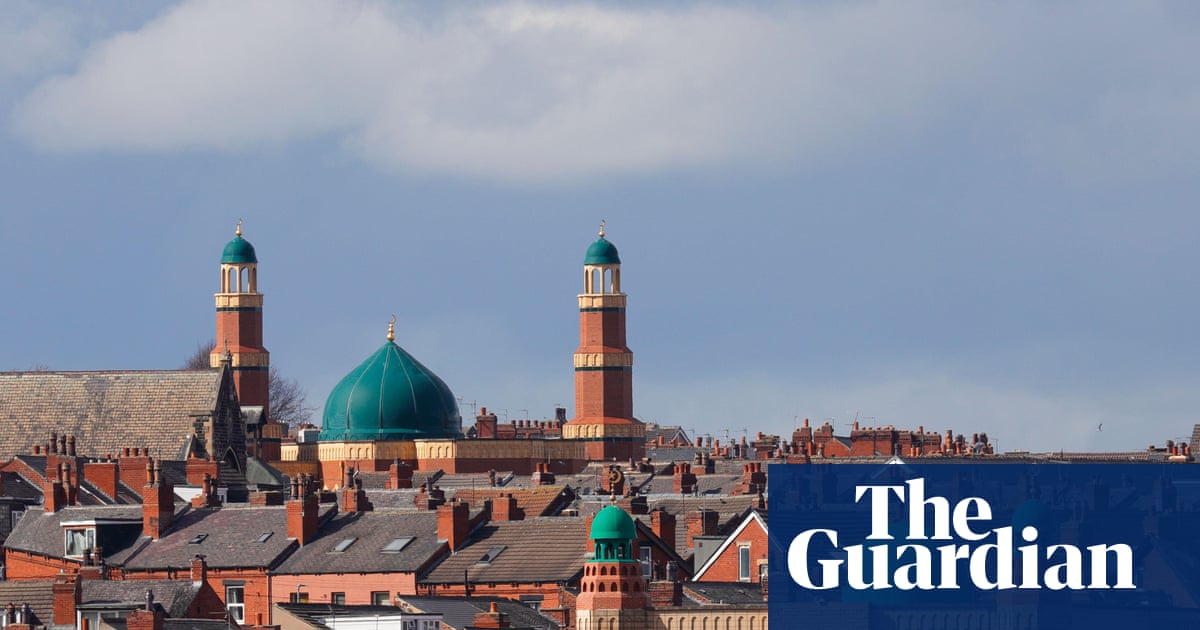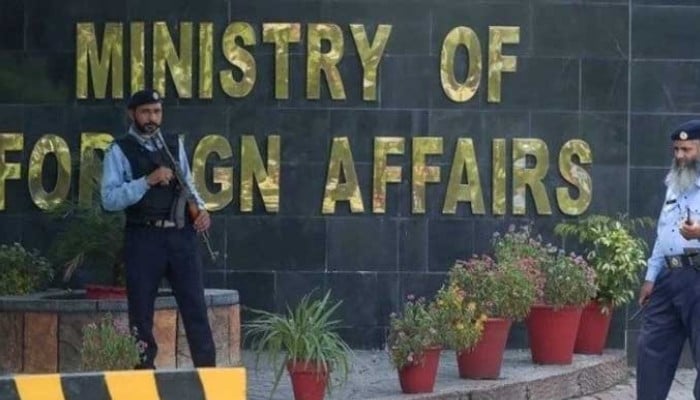Despite some progress in delivering food to Gazans, the territory, ravaged by war and wracked by hunger, remains in urgent need of humanitarian assistance, a UN spokesperson said Friday.
Category: 2. World
-

UN warns Gaza aid still too slow, US eyes peace plan vote
UN warns Gaza aid still too slow, US eyes peace… -
Rights chief warns ‘abominable atrocities’ likely continue in Sudan’s El Fasher – UN News
- Rights chief warns ‘abominable atrocities’ likely continue in Sudan’s El Fasher UN News
- RSF digging mass graves in Sudan’s el-Fasher to ‘clean up massacre’: Expert Al Jazeera
- ‘Our job is only killing’ – how Sudan’s brutal militia…
Continue Reading
-

At least 54 people injured in explosions at Indonesian school mosque | Indonesia
At least 54 people have been injured in explosions that shook a mosque at a high school during Friday prayers in the Indonesian capital, Jakarta. Authorities later said the suspect was a 17-year-old male student who had been injured and was…
Continue Reading
-
US removes sanctions on Syrian president ahead of meeting with Trump – Reuters
- US removes sanctions on Syrian president ahead of meeting with Trump Reuters
- UN Security Council lifts sanctions on Syrian President Ahmad Al-Sharaa Arab News
- Türkiye like say dem remove Syrian president and interior minister from UN sanctions…
Continue Reading
-

Flags and Christian nationalist slogans feature in soaring attacks on UK mosques | Islamophobia
Attacks on mosques in the UK have soared in recent months, the government’s Islamophobia monitoring partner has said, with more than 40% of incidents featuring British or English flags and Christian nationalist symbols or slogans.
In the past…
Continue Reading
-

In Brazil, Guterres calls for ‘fair, fast and final’ shift to clean energy
The latest push came on Friday in remarks to the Energy Transition Roundtable in Belém, Brazil, held just days before the formal opening of the COP30 climate change conference.
“The fossil fuel age is ending. Clean energy is…
Continue Reading
-

Pakistan rebukes India for distorting Trump’s nuclear tests remarks
The Foreign Office on Friday…
Continue Reading
-
UN Secretary-General's remarks at the Belém Climate Summit's energy transition roundtable – UNFCCC
- UN Secretary-General’s remarks at the Belém Climate Summit’s energy transition roundtable UNFCCC
- World leaders convene in Brazil to address climate crisis Dawn
- Recognizing and Resisting Obstruction at COP30 The Equation – Union of Concerned…
Continue Reading
-
Trump says expects international stabilisation force in Gaza ‘very soon’
U.S. President Donald Trump attends a dinner with the leaders of the C5+1 Central Asian countries of Kazakhstan, Kyrgyzstan, Tajikistan, Turkmenistan, and Uzbekistan in the East Room of the White House in Washington, D.C.,…
Continue Reading
-

The UN climate summits are working – just not in the way their critics think
It is easy to be cynical about the annual circus of UN climate negotiations that takes place at “Cop” – the Conference of the Parties to the UN’s climate convention.
As delegates gather in the Amazonian port of Belém, Brazil for…
Continue Reading